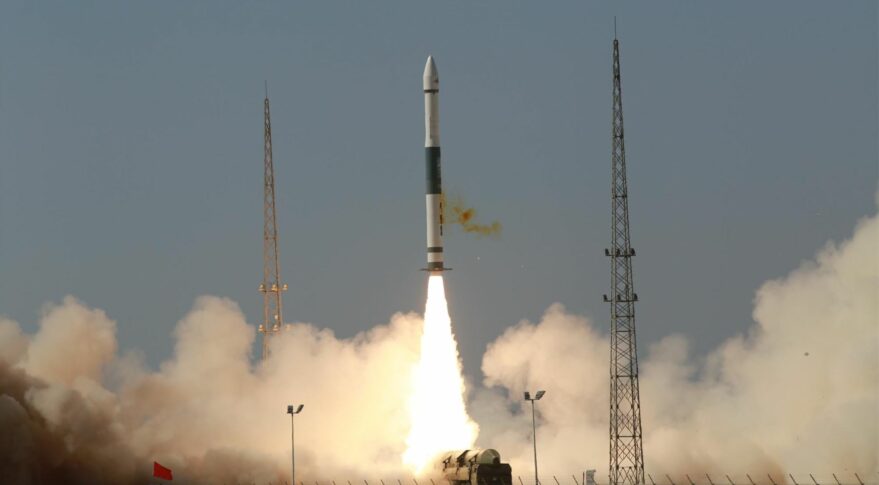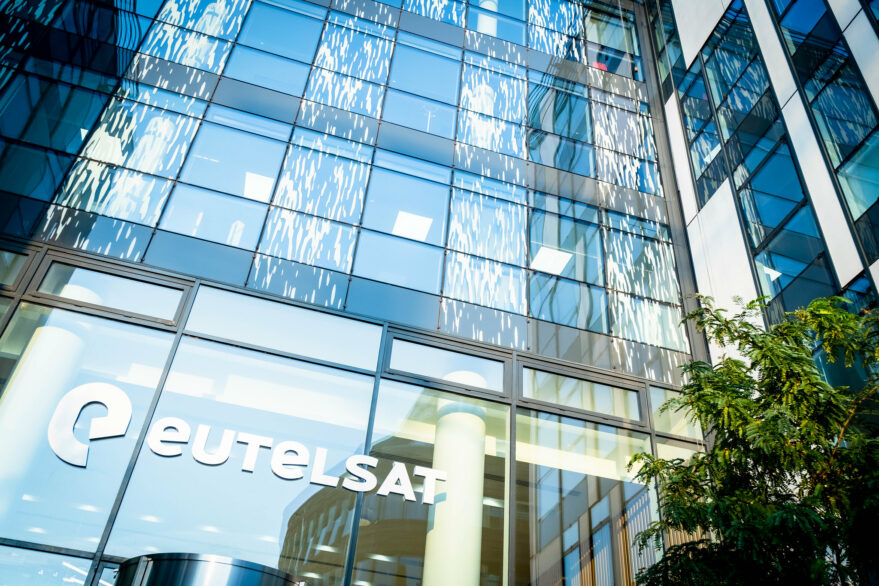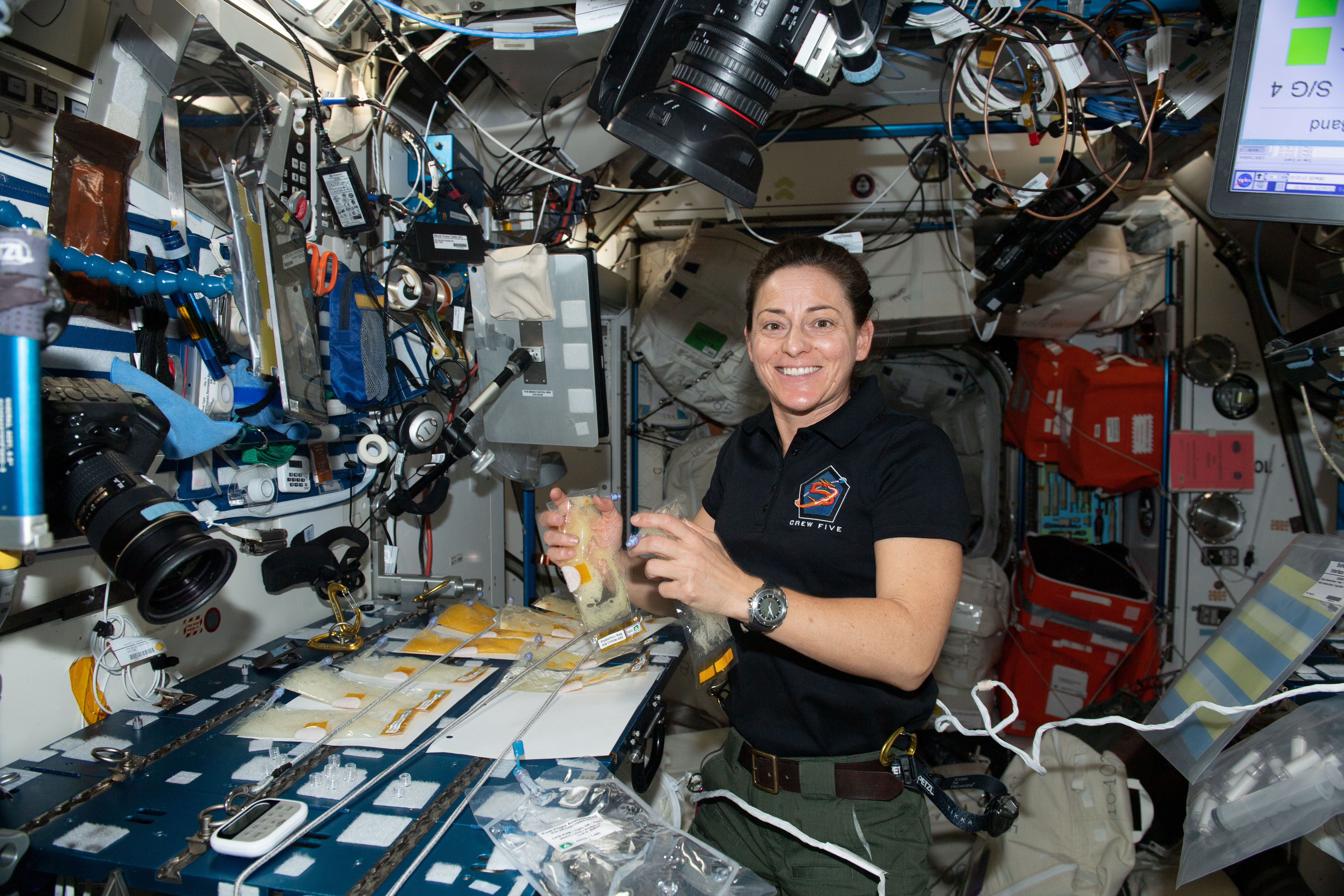
Update 8:02 a.m. Sept. 28: Chinese state media confirm abnormal function of Shiyan-10 satellite and loss of the spacecraft after a normal flight.
HELSINKI — The status of a classified satellite launched from southwest China Sept. 27 remains unknown more than 12 hours after liftoff.
A Long March 3B rocket lifted from Xichang Satellite Launch Center at around 4:20 a.m. Eastern Monday marking China’s second orbital launch of the day.
The launch was expected following the issuance of airspace closure notices and was apparently confirmed by footage posted on Chinese social media shortly after liftoff.
However no confirmation of launch success or failure has so far been released by the China Aerospace Science and Technology Corp. (CASC), the country’s main space contractor, nor state media. Chinese launch successes and failures are typically announced shortly after confirmation. The mission payload also remains unknown.
Sightings of an object over New South Wales, Australia, were likely a burn of the Long March 3B’s upper stage, indicating the launch was still progressing well.
A flash in the night sky over New South Wales last night is believed to be a space rocket launched by China. #7NEWS https://t.co/G0WeyYI7NQ
— 7NEWS Sydney (@7NewsSydney) September 27, 2021
Data from U.S. Space Force’s 18th Space Control Squadron (SPCS) later indicated the payload entered a transfer orbit of 177 x 40,105-kilometer orbit inclined by 51 degrees for a targeted inclined geosynchronous orbit.
A second object cataloged from the launch indicates the payload—possibly the experimental Shiyan-10 satellite according to a swiftly-deleted social media post—successfully separated from the rocket’s upper stage.
Without information from authorities it is currently unknown if the satellite is healthy or possibly suffering an issue such as a failure to deploy its solar arrays.
The payload launched Monday will need to use its own propulsion to enter its intended orbit, raising its perigee, or nearest point to Earth in its orbit. Space tracking data will show if the required engine burn takes place in the coming days, providing an indication that the satellite is active.
ChinaSat-18 (Zhongxing-18) remains in geosynchronous transfer orbit after an issue suffered following launch in August 2019. An insurance claim filing indicated that the satellite suffered complete power failure.
Kuaizhou-1A returns to action
China’s first launch of the day had taken place two hours earlier at 2:19 a.m. Eastern at Jiuquan Satellite Launch Center in the Gobi Desert.
The mission saw a successful return-to-flight of the Kuaizhou-1A solid rocket developed by the state-owned China Aerospace Science and Industry Corp. (CASIC) and operated by its spinoff Expace.
The 20-meter-long, four stage rocket successfully sent the Jilin-1 Gaofen (“high resolution”) 02D Earth observation satellite into a 532 x 545-kilometer orbit inclined by 97.5 degrees for Chang Guang Satellite Technology Co. Ltd.
The satellite will provide optical resolution of better than 0.75 meter and multi-spectral resolution of 3 meters, similar to previous Jilin-1 Gaofen 02 series satellites.
CGST is a commercial offshoot of the Changchun Institute of Optics, Fine Mechanics and Physics (CIOMP), which belongs to the Chinese Academy of Sciences, the country’s national academy for natural sciences.
The company is building out its Jilin-1 constellation of “high performance optical remote sensing satellites.” It now has more than 30 satellites in orbit and is targeting 138 satellites by 2030.
Late last year Changguang Satellite secured $375 million for its constellation plans. Jilin satellites are named for the province in which CGST is based.
The Jilin-1 Gaofen 02C satellite was lost in a Kuaizhou-1A launch failure in September 2020 which had kept the launcher grounded until today. The Kuaizhou-1A is expected to launch Jilin-1 Gaofen 02F in the near future.
Monday’s launches were China’s 35th and 36th orbital launches of 2021, and the first for CASIC’s offshoot Expace. CASC has now launched 33 times and is targeting more than 40 missions this year, while private firm iSpace failed with two solid rocket launches.
Note: This article have been indexed to our site. We do not claim ownership or copyright of any of the content above. To see the article at original source Click Here













